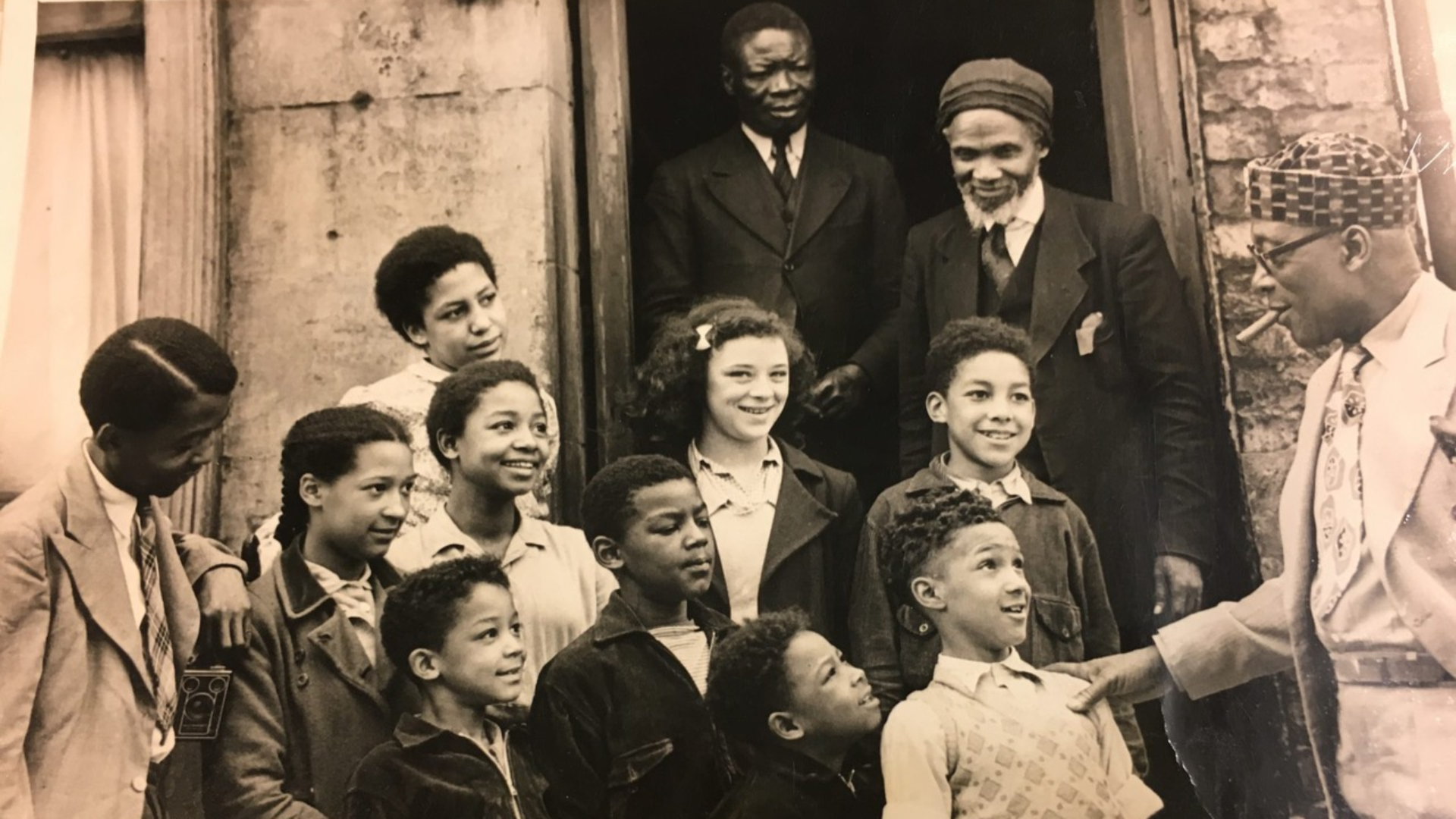The corporate world loves art. Banks buy paintings to adorn their boardrooms and impress their clients with a Picasso here, a Warhol there. No self respecting foyer is complete without a Tracey Emin to welcome a would-be investor.
How reassuring it must be to know that UBS owns more than 40,000 artworks or that Deutsche Bank’s London HQ is embellished with works by Damien Hirst and Anish Kapoor. Good to know that Barclays Bank owns one of the most valuable collections of them all, with their offices bedecked with pieces by David Hockney, Bridget Riley, Eduardo Paolozzi and many more.
Most of these works stay hidden from public gaze but they are crucial marketing tools when it comes to promoting an image of wealth and shrewd judgment. And, of course, they scream money, money, money – in a subtle sort of way, of course..
As JP Morgan Chase (35,000 acquisitions) explains on its private banking site: “Art transcends economic environments, providing cultural enrichment and a broadening of your asset classes.”

So meet the bank that thinks it’s an art gallery – or rather four galleries. The Intesa Sanpaolo, one of Italy’s biggest banks, has cultural outposts in Milan, Naples, Vicenza and Turin and itself owns 35,000 artworks. The contrast between them and their global rivals is marked.
The premises with their permanent collections are open to the public; schoolchildren are encouraged to come, look and learn; students enjoy free entry up to the age of 18, and courses are available for graduates to learn how to curate an exhibition or manage a gallery. The other fundamental difference is that though there is a programme of contemporary work, the collections have been decades in the making and are inspired by the art and heritage of the region. They are not just a splashy gesture on an office wall.
Perhaps the one man most responsible for this was the Milan banker Raffaele Mattioli, managing director of Banca Commerciale Italiana between 1936 and 1972. Known as “the humanist banker”, he was driven as much by his commercial instincts as his passion for art which he displayed in the bank’s elegant offices on the Piazza della Scala.
He died long before his bank was subsumed in 1999 into Intesa Sanpaolo but, happily, the takeover has stayed true to his ethos by transforming the old bank from a building of business into a building of culture, the Gallerie d’Italia.
Its fascinating collection ranges from plaster works by Canova to paintings celebrating the Risorgimento, Italy’s long struggle for national unity, by way of genre representations of the working class and landscapes of the Lombardy region. The artists lack the reputation – or the commercial dazzle of Hirst and co – but the work has an authentic charm which speaks to the culture of the region and emphasises Milan’s significant role in Italian culture during the 1800s.
More recent art from the 50s and 60s is not neglected, with a selection – again from the region – including Umberto Boccioni, Lucio Fontana and Alberto Burri, and this June it hits the Swinging Sixties with Beatles in Milan, (June 25-September 7) displaying photographs of the lads posing with the Duomo in the background and twisting and shouting on stage.
The photos are taken from seven million photographs from the 1930s to the 1990s which were acquired from an Italian photo agency and stored in the Turin gallery, a palazzo rebuilt after the second world war.
It’s a marvel of ingenuity using wood panelling, stucco work, gilt mirrors, furniture and tapestries, taken from nearby palaces which had been reduced to rubble, but it’s fair to say the centre of attention is the new underground space which is given over to photography.
Next up is Italian Olivo Barbieri. Other Spaces (until September 7) with dramatic “helicopter” shots of Chinese city life followed in April by a retrospective of Carrie Mae Weems, The Heart of Matter, which includes Preach – a project exploring the role of religion and spirituality among Americans of African descent.
The gallery in Naples has a permanent collection of vases – 500 of them, crafted between the fifth and third centuries BC – and an array of paintings from the 17th century to the early 20th. How surprised the experts were to discover after the bank had been taken over by Intesa Sanpaolo that a painting which had hung unremarked in the boardroom was none other than Caravaggio’s The Martyrdom of Saint Ursula, which was shown at London’s National Gallery last year.
By way of contrast, the current show stars Andy Warhol: Triple Elvis (until May 4) with the silk screen paintings of Marilyn Monroe, Mao Zedong, and the disquieting Electric Chair together with a gun-toting Elvis Presley in silver and black based on a scene from the 1960 film Flaming Star.
Underpinning all these enterprises is the bank’s Progetto Cultura, a scheme to promote the bank’s commitment to the arts and to the philanthropic schemes which accompany it.
“Our history is the living part of our being, of our brand,” says Michele Coppola, executive director of art, culture and historical heritage. “Now we are contemporary philanthropists, supporting art and culture.”
As he intimated, it would be naive to think this is not part of a brand-building enterprise. After all, this is a bank. Its aim is to make money. In December 2023 Intesa Sanpaolo announced assets of €963,570m (£810m) and in an unusual move put a price on its collection of €850m (£714m). Nor are they averse to the kind of publicity earned by sponsoring exhibitions – none more than the ravishing Siena: The Rise of Painting now at the National Gallery.
Good publicity, sound profits and philanthropy, it’s not a new business plan. The Medicis, the powerful Florentine banking dynasty of the 15th century, spent some of their vast fortune endowing churches and cathedrals and sponsored artists such as Donatello, Michelangelo and Botticelli to atone for their particular brand of usury and corruption.
Nonetheless, there’s a real sense of genuine altruism about one scheme, La Restituzioni, which was launched in Vicenza in 1989 and has enabled the restoration of hundreds of paintings and sculptures which had lain discarded in churches, council chambers and cultural institutions. The results will be on show in Rome in the autumn.
Coppola says: “Restituzioni is part of our roots, of our history, of our DNA. It shows how we have a responsibility to our heritage and proves we are on the side of public culture by investing in the community we are a part of.”




